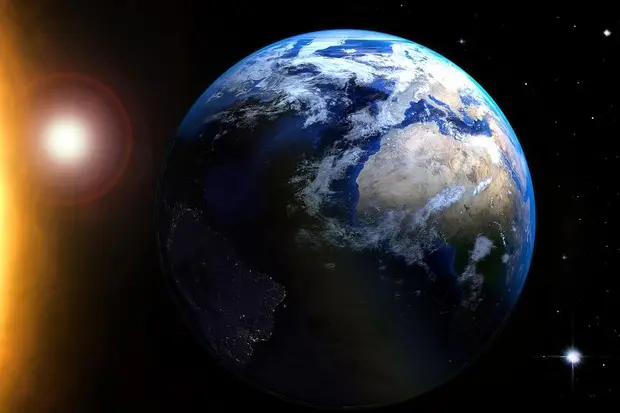Discovered two alien planets brothers of the Earth, both would be habitable
They are “only” 16 light-years away from our solar system and there may be liquid water on their surfacesPer restare aggiornato entra nel nostro canale Whatsapp
Two alien sister planets of the Earth have been discovered, very similar to ours in size.
They orbit a red dwarf (a small star) which is "only" 16 light-years away from us, in the direction of the constellation Cetus . Both revolve around their star at an ideal distance to maintain water in a liquid state, and would therefore be able to host life.
The discovery, to be published in the journal Astronomy & Astrophysics , is due to an international research group led by the Spanish Institute of Astrophysics of the Canary Islands (Iac), in which researchers from the National Institute of Astrophysics (Inaf) and of the Scuola Normale Superiore of Pisa . "Nature seems determined to show that Earth-like exoplanets (planets that are not part of our Solar System) are very common ," comments Alejandro Suárez Mascareño, who led the study. He also confirms that «with these two, we already know 7 ».
The newly identified planets orbit the star GJ 1002 , a dim star with only 12% of the mass of our Sun. The innermost, GJ 1002 b , it completes a complete orbit in just 10 days , while the second one , GJ 1002 c , takes 21 days . The proximity of the star to our solar system makes both planets excellent candidates for further in-depth study .
“We expect to be able to investigate the presence of an atmosphere using Andes , a new tool in whose design, led by Italy, Inaf is heavily involved – says Alessandro Sozzetti of Inaf, co-author of the study -. Andes will be installed on the European Southern Observatory 's (ESO) Extremely Large Telescope (ELT), the world's largest telescope under construction in the Chilean desert.
(Unioneonline/vf)
